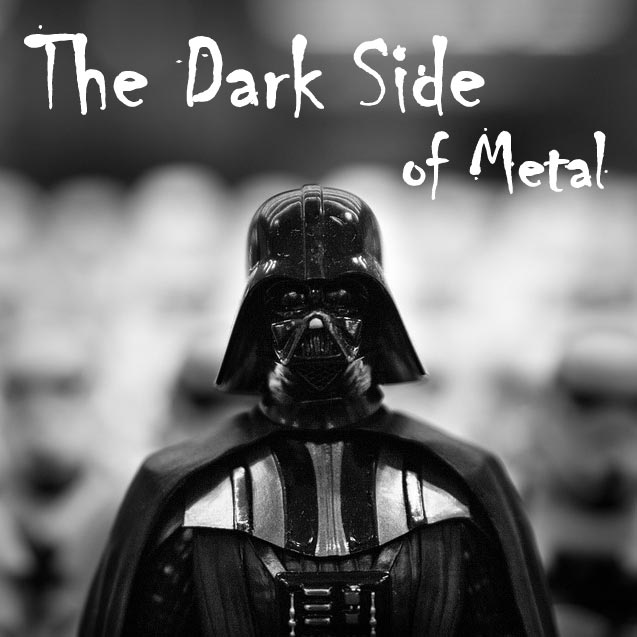Patina, The Dark Side of Metal
Ask 10 people about patina and you will get 10 different answers on how to patina metal. For me there a lot of considerations before I choose a process. I have my favorites but that does not they are the best choices for everyone. I find that patina is a personal preference.
Chemical patinas DO have a shelf life. My assumption was that acids do not have a shelf life. But apparently, they do. Now for me, the rule of thumb is one year. I do not keep a liquid patina for more than a year. But this is sort of a sticky wicket because you do not know how long it has been on the distributor’s shelf. So, the safest thing to do is to buy the product from a supplier that has a high-volume turnover (meaning a high rate of sales), because it is less likely to sit on their shelf for very long. Unless you are working in high volume production, buy the smallest quantity of patina available. This will ensure that it can be used before the shelf life renders it ineffective.
Listed in order of what I use most commonly:
*Midas Black Max™ Oxidizer, available at Rio Grande exclusively.
*Black Max™ Oxidizer produces an intense black color and is my favorite to use on silver. It may also be used on copper, but it is quite aggressive.
Ensure that the surface of your piece is clean and free of steel wool residue before applying. Apply it directly onto the metal with a Q-tip® or small brush. Rinse thoroughly with clean water. Store it at room temperature in a dark place. I recommend placing the bottle inside of another plastic container to help retain the off gas which may corrode any nearby metal. The shelf life is approximately one year.
*Liver of Sulfur (LOS)
On silver, liver of sulfur produces a dull color. If used after pickling, it may produce blues and purples. I prefer to use LOS on copper. The longer you leave it in the solution, the darker it gets. To produce funky colors, I have been told that you can use well water or add Styrofoam to the solution. The biggest problem is the smell; consider doing this outdoors.
Apply by making enough solution to submerge your entire piece. I would use a plastic pair of tweezers or create a hook from copper wire to dunk the pieces. Trust me, you don’t want your fingers to smell like LOS. Rinse thoroughly with clean water.
Store at room temperature in a light-proof, air-tight container. Shelf life will vary. I have had dry nuggets for more than three years that still work. But the shelf life on liquid LOS is less. You can tell that LOS has gone bad simply by looking at the color. If the nuggets are white, it is done. I prefer dry LOS because it lasts longer and I don’t have to worry about spillage when traveling. Additionally, when I liquefy dry LOS, I can store it for a month in a closed jar, in a dark place, before it goes bad. Diluted liquid LOS will only last two days.
*Jax
There are is a wide variety of colors that you can purchase in this line to create colors from brown, to black, to green patina. The only solution I really like is the green patina as it produces an intense green color on copper.
This is a water-based product, ships non-hazardous.
Apply using a Q-tip® or brush. You will need several applications for a good result. Rinse thoroughly with clean water.
*Topical products like a Sharpie® marker, alcohol inks and Gilder’s Paste®
All of these products have a proprietary formula and are typically considered non-hazardous. My challenge with using these products and the like, is that they are only semi-permanent. Thus, given enough time and environmental changes, they will wear off. There are many ways to “seal” them, but this too, is questionable. If using Gilder’s Paste® that has dried out, apply a few drops of mineral spirits to re-hydrate.
Products that you can find in your kitchen
Salt and vinegar potato chips, a hard-boiled egg, fresh cat urine (no kidding it has to be fresh), bleach, etc., all work, but clearly, you can see the problem with them. Usually, they are messy and smelly. The only time I would use any of these is out of desperation. Additionally, they are not as effective as I would like.
Tip: Place your metal in a Ziploc® bag with the patina of choice, seal and wait. I would probably work with the urine, outside, and not in my kitchen or studio. Just a suggestion.

